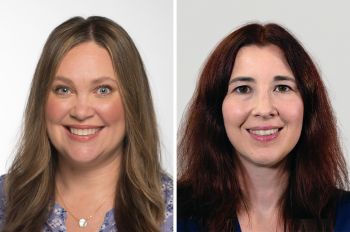Illinois Tech Leads $11.8 Million Grant to Test Device to Restore Vision for the Blind
The National Institutes of Health (NIH) has awarded a grant to Illinois Institute of Technology to test an intra-cortical visual prosthesis (ICVP) system. Philip R. Troyk, Associate Dean of Armour College of Engineering and Professor of Biomedical Engineering, is the principal investigator of the grant totaling $11.8 million over five years with $3 million awarded for the first year. Illinois Institute of Technology leads on the project that has been developed with six partner institutions.
The number of Americans with vision loss is rising rapidly. There is currently no cure for blindness and an artificial vision system may be the best alternative form of treatment. Since many individuals affected with blindness do not have intact retinas or optic nerves, an Intra-cortical visual prosthesis may be the only possible advanced visual sensory aid they could benefit from.
The ICVP system uses a collection of wireless simulator modules that each contain sixteen microelectrodes and associated electronics. These modules bypass the eyes and optic nerve and directly stimulate the visual cortex. Each electrode can be commanded to inject stimulus current into the cortex over a fully wireless magnetic link to produce visual perception within the brain.
How the Intra-Cortical Visual Prosthesis (ICVP) system works
Under the NIH funding, Illinois Tech is preparing for an Early Feasibility Clinical Trial for five human volunteers, to be surgically implanted at the University of Chicago. The outcome of this clinical trial project will be the evaluation of the first intracortical visual prosthesis using novel implantable wireless stimulator devices.
The project is a collaboration between Dr. Troyk and Frank J. Lane, Associate Chair of the Department of Psychology and Associate Professor of Psychology at Lewis College of Human Sciences in addition to researchers from: University of Chicago; Johns Hopkins University; University of Texas, Dallas; Sigenics, Inc; MicroProbes for Life Science; and the Chicago Lighthouse for the Blind and Visually Impaired.
This research is supported by the National Institute Of Neurological Disorders And Stroke of the National Institutes of Health under Award Number UG3NS095557. The content is solely the responsibility of the authors and does not necessarily represent the official views of the National Institutes of Health.




